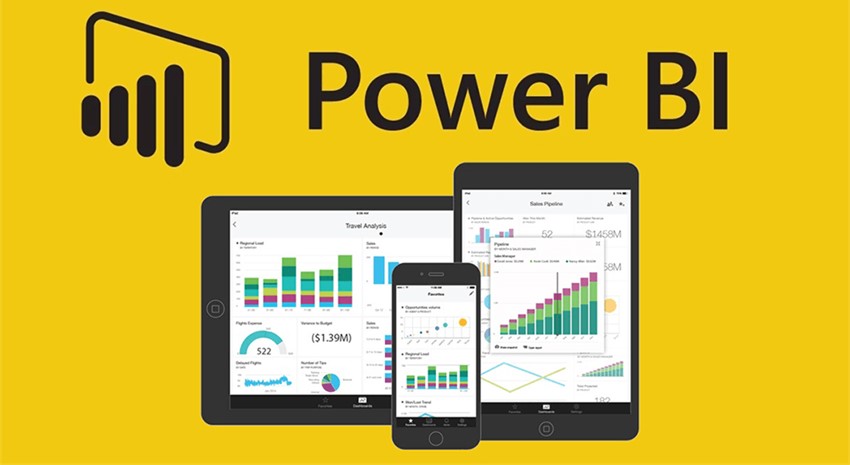- 13111 Westheimer Rd., Suite 311, Houston, TX, 77077
- registration@kalpracademy.com
Follow Us On:


User can click on get started by entering there user details like currently we have
AI in data science automates complex tasks like pattern recognition and predictive modeling. Machine learning algorithms analyze vast datasets to uncover insights, make predictions, and optimize decision-making. AI enhances data processing efficiency, enables advanced analytics, and supports data-driven decision-making, revolutionizing the field of data science.
In general programming, we have the data and the logic by using these two we create the answers. But in machine learning, we have the data and the answers and we let the machine learn the logic from them so, that the same logic can be used to answer the questions which will be faced in the future. Also, there are times when writing logic in codes is not possible so, at those times machine learning becomes a saviour and learns the logic itself
"With our data science course, you'll master essential skills in Python, power BI and machine learning. Analyse data, create insightful visualizations, and apply statistical techniques. Gain hands-on experience with real-world projects, fostering critical problem-solving skills. Acquire the knowledge to excel in diverse data-driven roles and drive innovation in any industry.
Python is known for its simplicity, readability, and versatility. It supports object-oriented, imperative, and functional programming styles. Its extensive standard library facilitates diverse tasks. Dynamic typing and automatic memory management enhance development speed. Python is widely used for web development, data science, machine learning, and automation.